What is a Sextant and how do I use one?
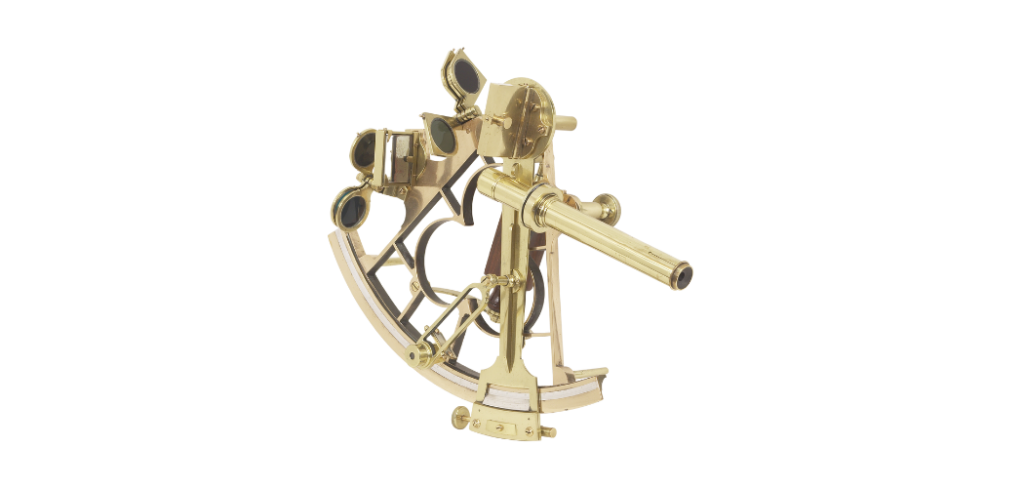
Table of Contents
A sextant is a tool used for celestial navigation, allowing sailors and other navigators to determine their location based on the position of the stars and other celestial bodies. While modern technology has largely replaced the need for a sextant in many situations, it remains an important tool for those interested in traditional methods of navigation, as well as for emergency situations when technology fails.
Parts of a Sextant:
A sextant typically consists of several parts, including:
- Frame – The main body of the sextant that holds all the components.
- Index Mirror – A small mirror attached at a 45-degree angle to the frame that reflects light from the horizon or celestial object.
- Horizon Mirror – A larger mirror attached to the frame that reflects light from the horizon.
- Telescope – A magnifying lens used to view the reflected image of the celestial object or horizon.
- Vernier Scale – A scale used to measure the angle between the horizon and the celestial object.
- Micrometer Drum – A rotating drum used to measure the fraction of a degree.
- Shade Glasses – Small glasses used to filter out excess light and help the navigator see the image more clearly.
- Adjusting Screws – Small screws used to fine-tune the alignment of the mirrors and telescope.
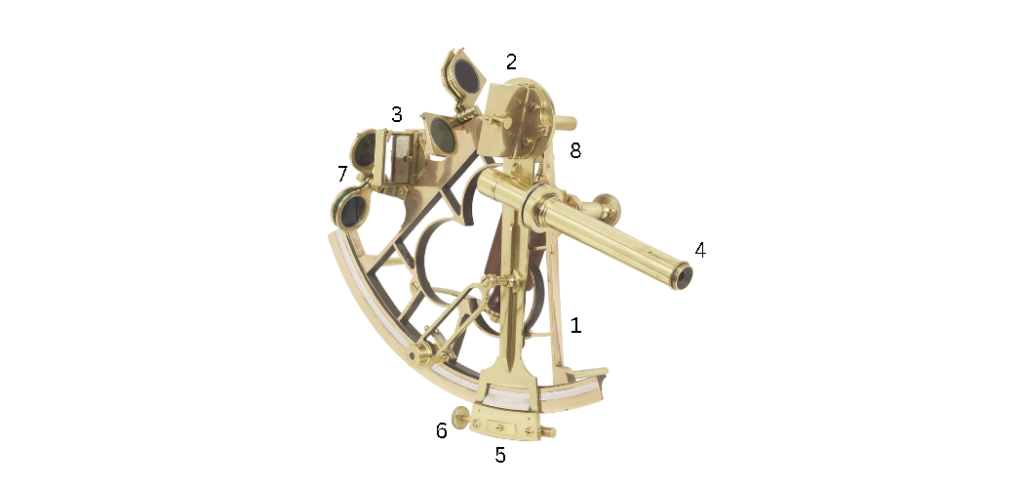
Instructions for Using a Sextant:
Using a sextant can be a bit tricky, but with practice, it becomes easier. Here are the basic steps for using a sextant:
- Set the sextant to the correct angle: The angle should be set to match the altitude of the celestial body you wish to observe. This can be done by adjusting the telescope and moving the index mirror until the body is visible in both mirrors.
- Take the measurement: Look through the telescope and move the sextant until the body is aligned with the horizon. Read the angle measurement from the vernier scale.
- Adjust for corrections: There are several corrections that may need to be made to the measurement, including corrections for the height of the observer, the refraction of light, and the motion of the ship. These corrections can be found in tables or calculated using mathematical formulas.
- Plot the position: Once the corrected measurement has been obtained, it can be used to determine the position of the observer using a nautical chart or other navigational aids.
Frequently Asked Questions
-
Is celestial navigation still used today?
While GPS has largely replaced celestial navigation in modern times, many sailors still learn celestial navigation as a backup in case of GPS failure.
-
How accurate is a sextant?
A skilled navigator can determine their position on the earth with an accuracy of about 1 nautical mile using a sextant.
-
How long does it take to learn celestial navigation?
It can take several months to learn celestial navigation and become proficient with a sextant.
-
Is a marine sextant difficult to use?
While some mathematical knowledge is required to calculate latitude and longitude using the sextant, the instrument itself is not difficult to operate with practice.
-
Is a marine sextant still relevant in today’s world of electronic navigation?
Yes, the marine sextant remains an important backup in case of system failures, and is still used by some sailors who prefer the traditional methods of navigation.
-
How do I maintain my marine sextant?
To maintain your marine sextant, keep it clean and dry, check the mirrors, calibrate the instrument, and store it properly.
What are some alternatives to the marine sextant for navigation? Alternatives to the marine sextant include GPS, radar, and electronic charting systems.
Who are some famous explorers and navigators who used the marine sextant? Famous explorers and navigators who used the marine sextant include Captain James Cook and Christopher Columbus. -
What are some alternatives to the marine sextant for navigation?
Alternatives to the marine sextant include GPS, radar, and electronic charting
-
Who are some famous explorers and navigators who used the marine sextant?
Famous explorers and navigators who used the marine sextant include Captain James Cook and Christopher Columbus.
Video Learning
Sextant Tutorial: The Principle of the Sextant
Casual Animation is all about creating engaging content for education and training. ✓ This video is an example of content that we …
Getting Started in Celestial Navigation (The Marine Sextant)
Free and discount marine navigation courses: https://www.practicalnavigator.org/ This video is part 1 of the “Getting Started in …
Conclusion:
While the sextant is no longer the primary tool used for navigation, it remains an important part of maritime history and is still used by many sailors and navigators today. By understanding the parts of a sextant and how to use one, you can gain a greater appreciation for the skills and knowledge required to navigate the open seas. Whether you are a seasoned sailor or simply interested in traditional navigation methods, learning to use a sextant is a fascinating and rewarding experience.

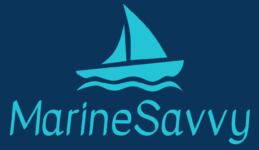
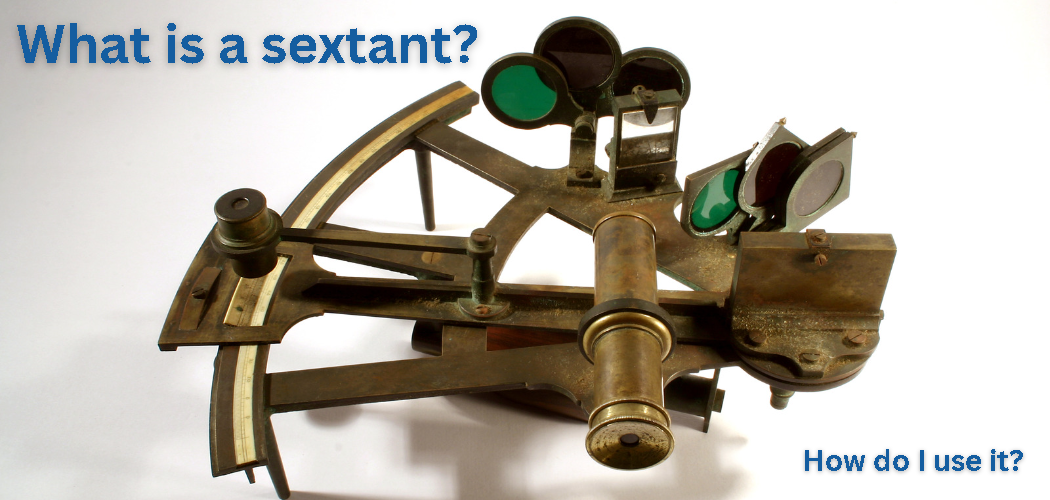
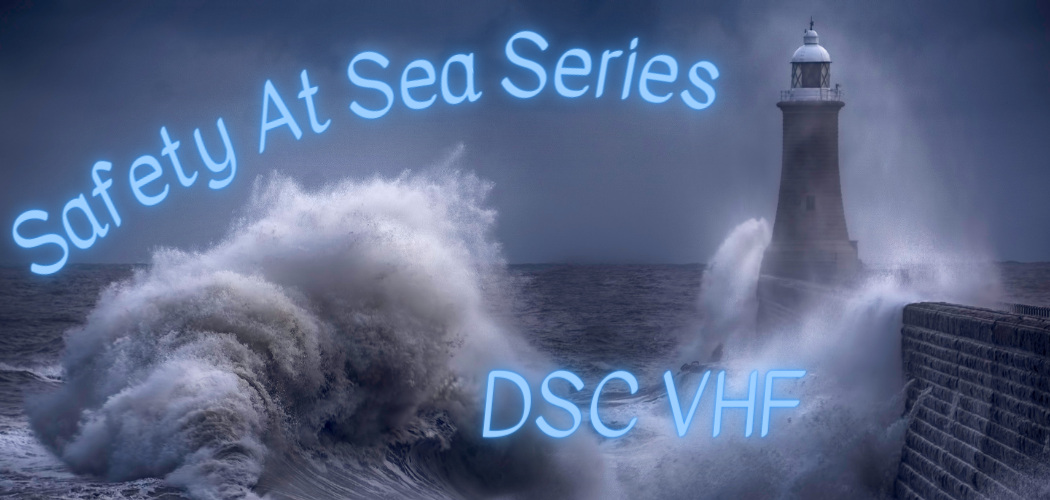
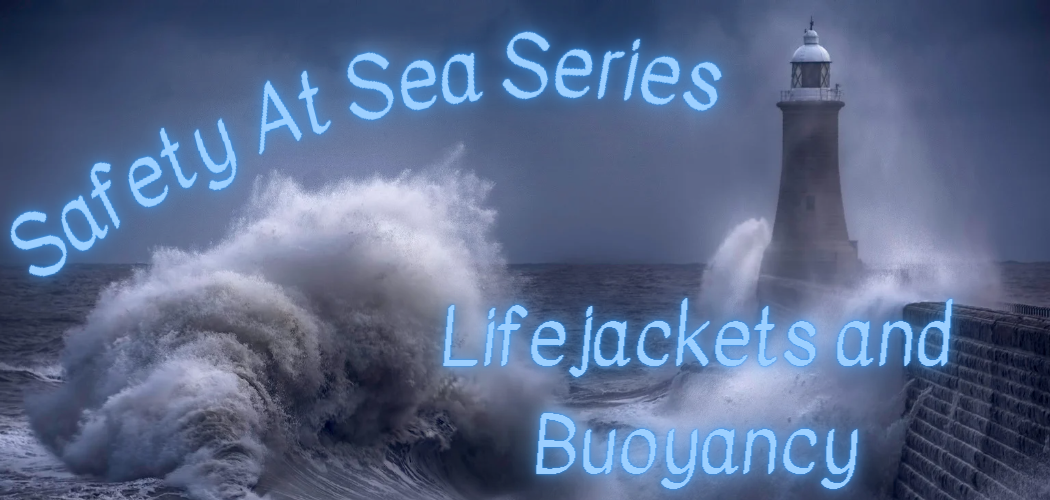
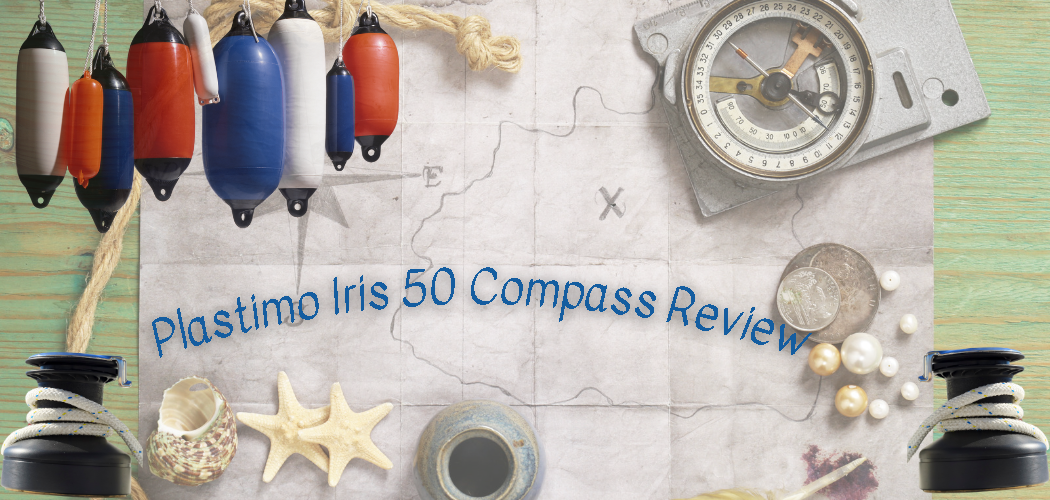
Leave a Reply